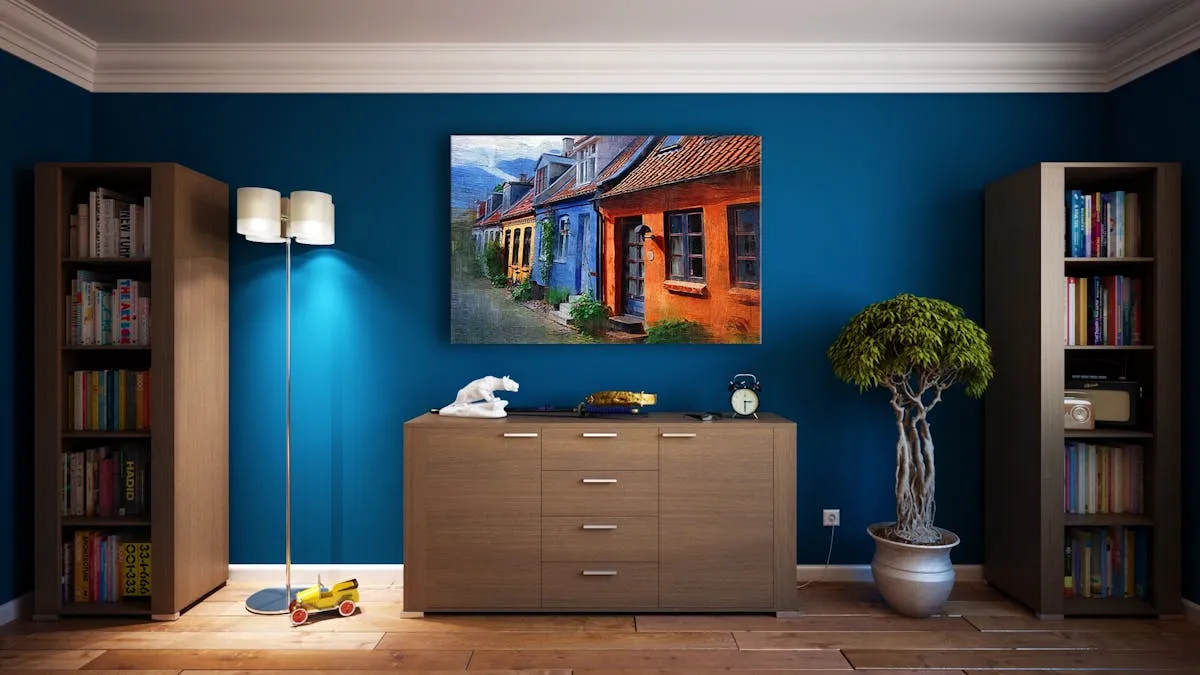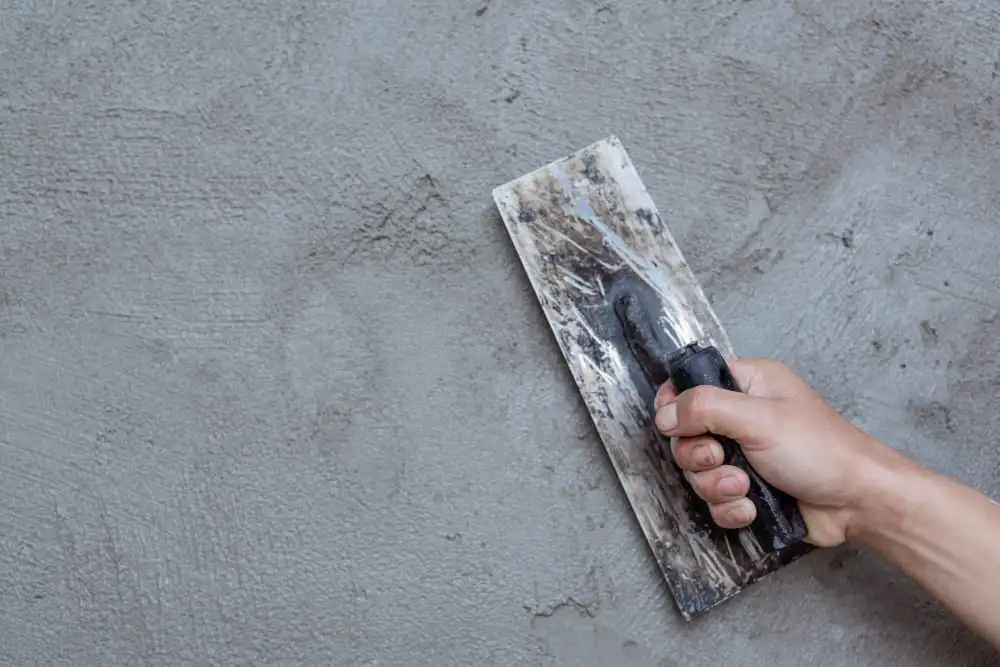
Summertime can be extremely hot, and nobody likes to feel like they’re living in an oven. Cool Down a room in the summer becomes essential to stay comfortable. Whether you’re dealing with a heatwave or just the regular summer heat, there are plenty of ways to keep your space cool. Here are 11 of the best ways to cool down a room in the summer.
11 Best Ways To Cool Down A Room In The Summer
1. Utilize Fans Efficiently
Ceiling Fans
Ceiling fans are a common household item and can make a big difference. They help move air around, making you feel cooler even if the temperature hasn’t dropped much. Remember to set your ceiling fan to rotate counterclockwise during the summer to push cool air down.
Box Fans
Box fans are the best way to cool down a room in the summer. You can place them in windows to pull in cool air from outside or to push hot air out. Position them carefully to get the best cooling effect.
Oscillating Fans
Oscillating fans can be placed around the room to ensure a steady flow of air. They are great for spreading cool air evenly and preventing hot spots in the room.
2. Maximize Air Circulation
Cross Ventilation
Cross ventilation is a natural way to cool your room. Open windows on opposite sides of the room to create a breeze that carries hot air out and brings cool air in. This method works best early in the morning or late in the evening when the outdoor temperature is cooler.
Using Exhaust Fans
Exhaust fans, typically found in kitchens and bathrooms, can help remove hot air from your house. Turn them on after cooking or taking a hot shower to quickly get rid of excess heat and humidity.
3. Block Out the Sun
Curtains and Blinds
Thick, dark curtains or blinds can block out a lot of the heat from the sun. Blackout curtains are particularly effective at keeping your room cool.
Reflective Window Film
Reflective window film can be applied to your windows to reflect sunlight and reduce heat gain. It’s an affordable way to keep your rooms cooler without blocking all the natural light.
4. Improve Insulation
Sealing Gaps and Cracks
Sealing these gaps with weatherstripping or caulk improves your room’s insulation and keeps it cooler.
Insulating Curtains
Insulating curtains are designed to keep heat out in the summer and retain warmth in the winter. They’re a great investment for maintaining a comfortable indoor temperature throughout the year.
5. Opt for Light-Colored Fabrics
Bedding and Upholstery
Light-colored fabrics reflect heat instead of absorbing it. Choose light-colored bedding and upholstery to keep your room cooler.
Rugs and Carpets
Similarly, light-colored rugs and carpets can help reduce heat buildup in a room. Dark colors tend to absorb more heat, making the room feel warmer.
6. Reduce Heat-Producing Activities
Cooking and Baking
Opt for meals that don’t require cooking or use a microwave instead.
Using Electronic Devices
Electronics like computers and TVs produce heat, especially when used for long periods. Turn them off when not in use and unplug chargers and other devices to reduce heat output.
7. Embrace Natural Cooling Techniques
Nighttime Cooling
Take advantage of cooler nighttime temperatures by opening windows before you go to bed. Use fans to pull in cool air and close the windows and blinds in the morning to trap the cool air inside.
Indoor Plants
Indoor plants can help cool the air through a process called transpiration, where they release moisture into the air. Plants like ferns and peace lilies are particularly effective at this.
8. Use Air Conditioning Wisely
Setting the Right Temperature
Set your air conditioner to a comfortable temperature, typically between 72-78 degrees Fahrenheit. Avoid setting it too low, as this can lead to higher energy bills without significantly increasing comfort.
Maintaining Your AC Unit
Regular maintenance of your AC unit, like cleaning or replacing filters and checking for leaks, ensures it runs efficiently and cools your home effectively.
9. Try Evaporative Cooling
DIY Cooling Systems
DIY evaporative coolers, also known as swamp coolers, use water to cool the air. You can create a simple one using a fan, a shallow pan of water, and a few ice packs.
Commercial Evaporative Coolers
Commercial evaporative coolers are available if you prefer a ready-made solution. These devices are energy-efficient and can be particularly effective in dry climates.
10. Upgrade to Energy-Efficient Lighting
LED Bulbs
Switching to LED lighting can reduce the overall heat in your room and lower your energy consumption.
Avoid Incandescent Lights
Incandescent lights generate a lot of heat. If you’re still using them, consider switching to LED or CFL bulbs to keep your room cooler.
11. Consider Smart Home Technology
Smart Thermostats
Smart thermostats can learn your schedule and adjust the temperature accordingly, ensuring your room is cool when you need it to be without wasting energy.
Automated Blinds and Curtains
Automated blinds and curtains can be programmed to close during the hottest parts of the day, block out the sun, and cool down a room in the summer.
Conclusion
There you have it, 11 effective ways to cool down a room in the summer. Whether you prefer natural methods or high-tech solutions, there’s something on this list for everyone. Give these tips a try and enjoy a cooler, more comfortable summer.









Normally I do not read article on blogs however I would like to say that this writeup very forced me to try and do so Your writing style has been amazed me Thanks quite great post